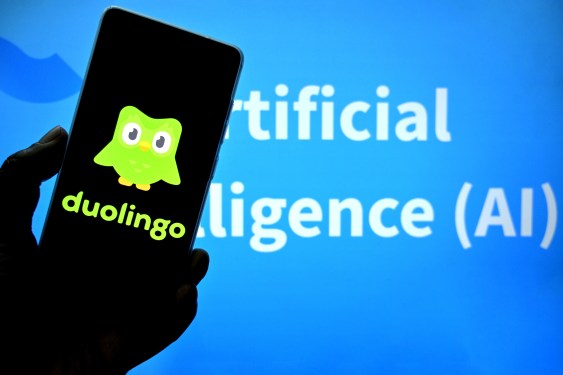Duolingo’s AI-Powered Language Course Revolution: What You Need to Know

Duolingo has boldly innovated in the language education space, launching an impressive 148 new courses powered by generative AI. This significant change, announced recently, exemplifies the role of artificial intelligence (AI) in transforming educational content at an unprecedented pace.
The company claims that this expansion effectively doubles its existing offerings and represents the largest content rollout in its history. Luis von Ahn, co-founder and CEO, emphasized in a statement that their initial 100 courses took about twelve years to develop, yet they’ve managed to produce nearly 150 new courses within just one year, showcasing the remarkable efficiency of AI in content generation.
“This is a prime example of how AI can enhance learning experiences rapidly,” von Ahn stated. He pointed out that conventional course development was lengthy, making the new workflow a groundbreaking advancement. The educational app utilized AI tools to expedite this process, allowing for robust expansions in language learning opportunities.
However, this narrative isn’t without controversy. Duolingo has faced criticism for its announcement regarding plans to phase out contractors in favor of AI-driven solutions. Users have expressed their concerns over this move, arguing that reliance on AI may compromise the quality of content. Social media reaction has been mixed, with some users advocating for a boycott of the app, stating a preference for human-built lessons over AI-generated material.
The new courses primarily cater to beginners and include features such as interactive Stories to enhance reading comprehension and DuoRadio for listening skills. As Duolingo gears up for the release of advanced content in the future, the educational technology sector watches closely, considering both the advancements and potential pitfalls of AI integration.
As this line between human and machine-made education blurs, Duolingo’s pivot towards AI represents broader trends in tech-driven learning environments. It highlights the ongoing debate about the nature of educational quality and the role of human interaction in learning.
For further insights on AI’s impact on education, consider checking out Google’s perspectives on AI in modern learning here and current trends in AI applications here.
